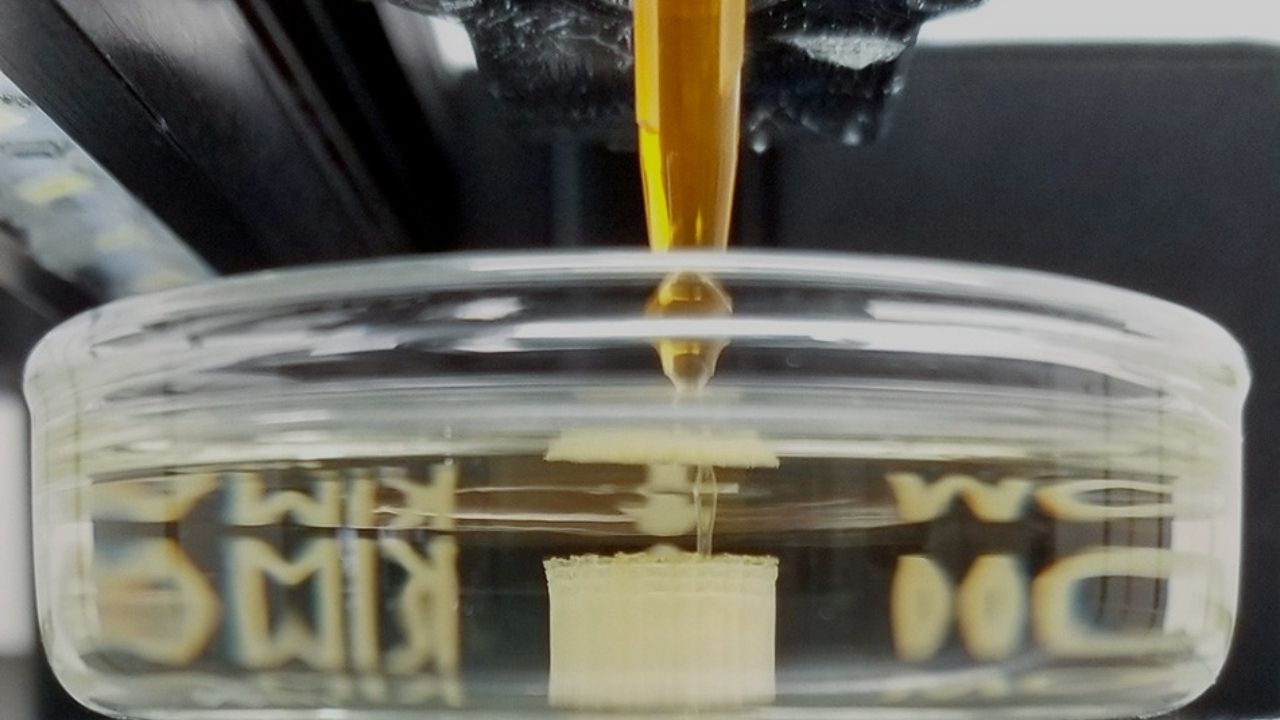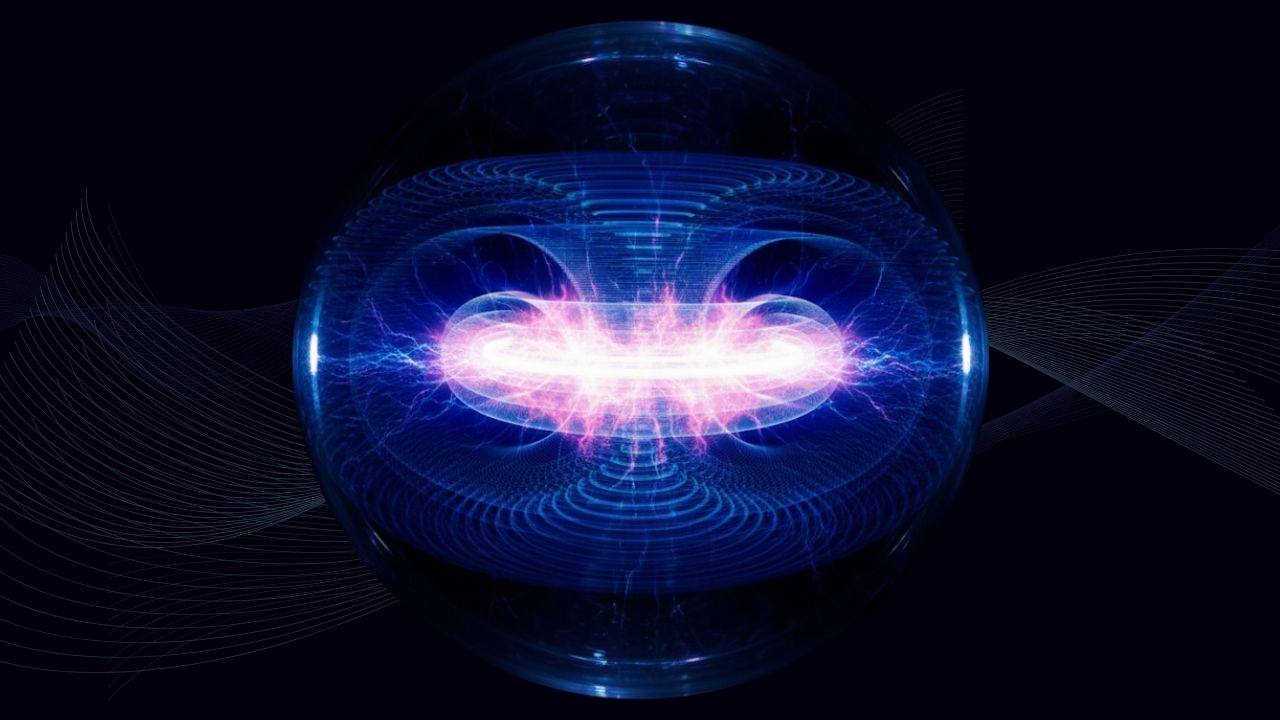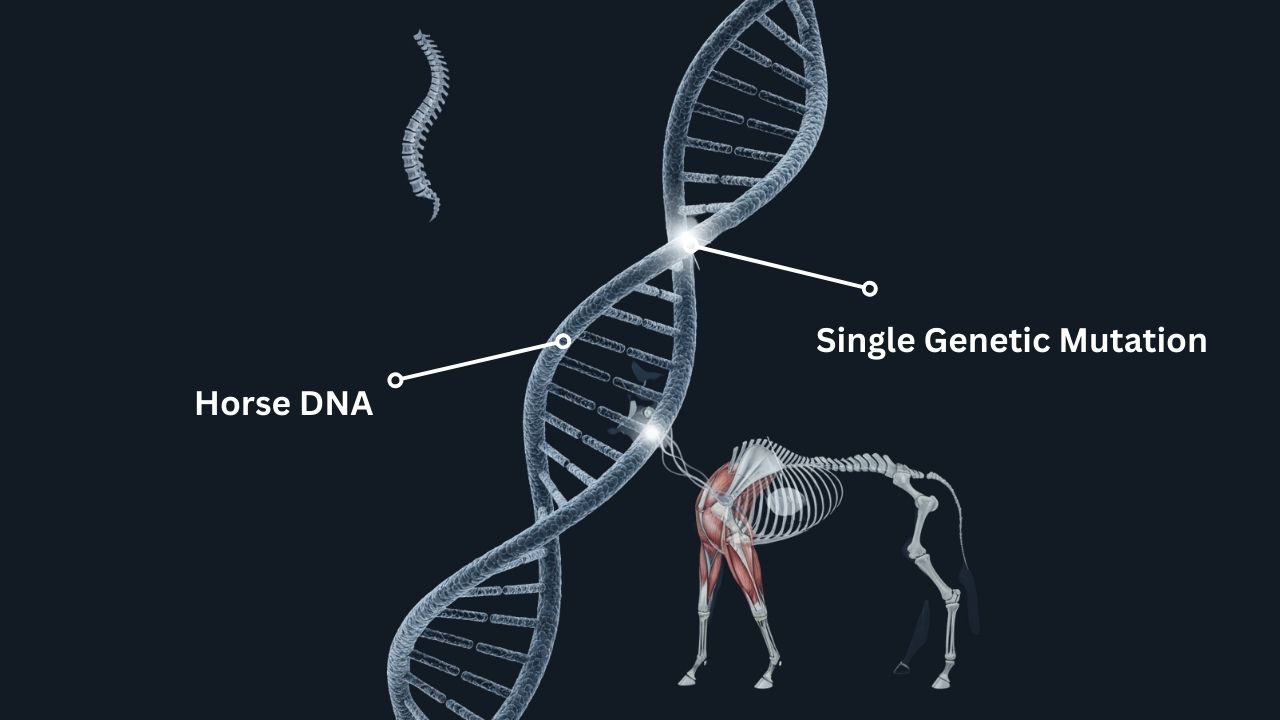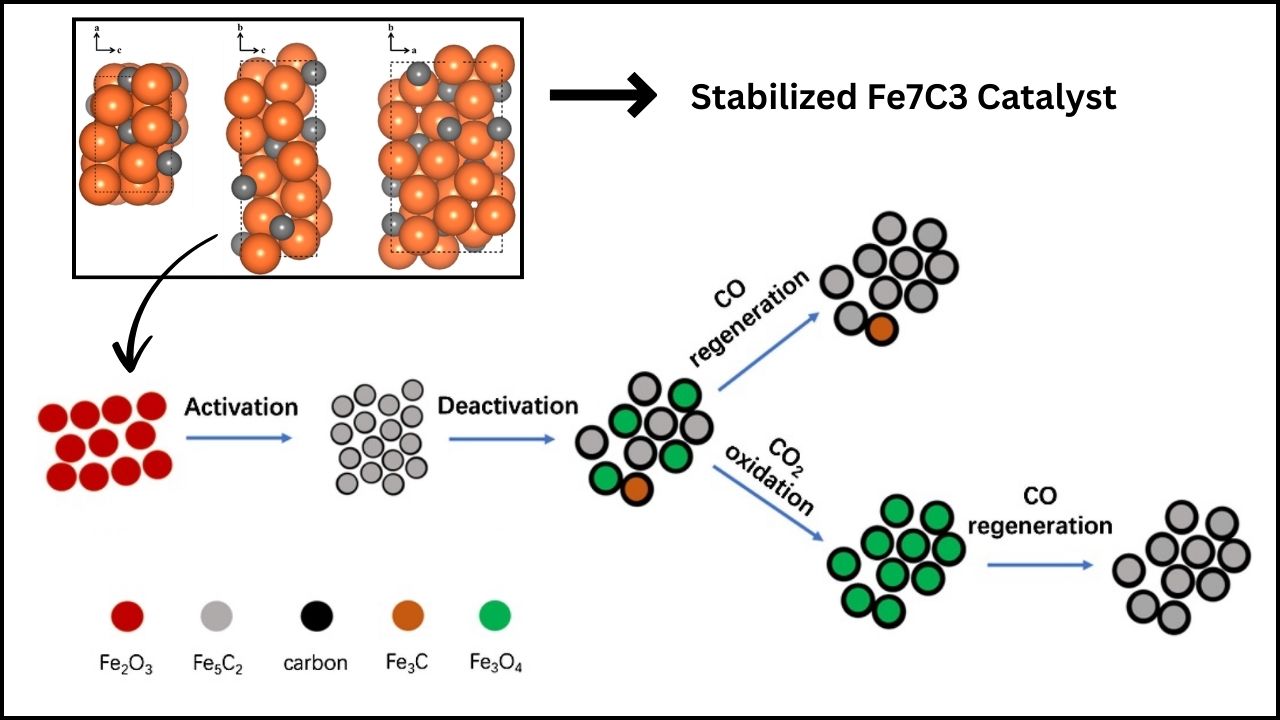Scientists have recently discovered that life could survive and even thrive beneath the ice on planets and moons in our solar system, powered by an unexpected source: cosmic rays. These are high-energy particles from space that can penetrate thick layers of ice and rock, breaking down water molecules underground in a process that releases energy. This finding broadens the traditional understanding of where life may exist beyond Earth, opening exciting new frontiers in astrobiology.
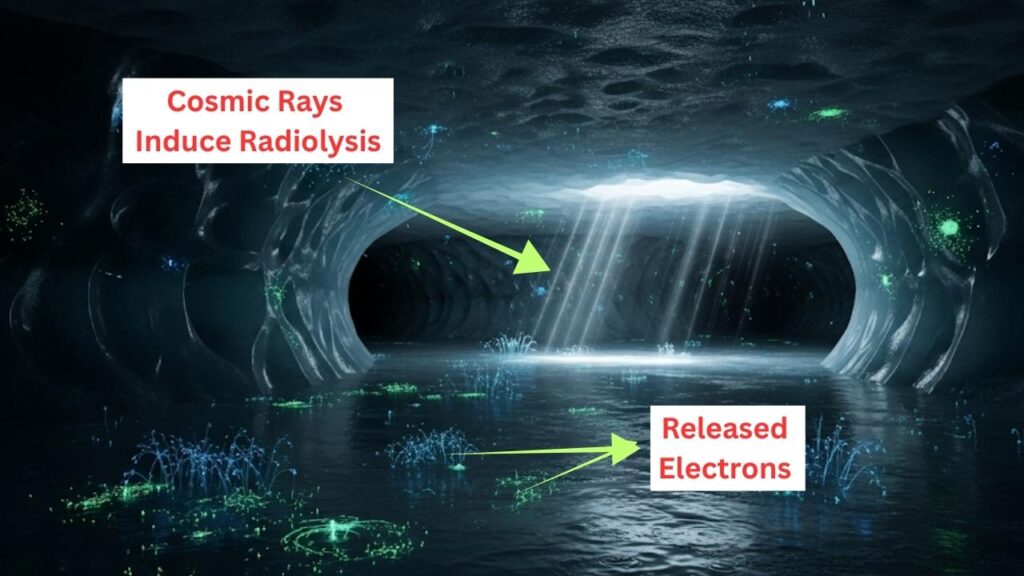
What Are Cosmic Rays and Why Are They Important?
Cosmic rays are energetic particles that travel through space at nearly the speed of light. Originating from the sun and distant cosmic phenomena like supernovae, they constantly bombard planetary surfaces across the solar system. While cosmic rays are generally known for their damaging effects on living organisms by causing DNA damage, recent research shows they could play a positive role in supporting life in some extreme environments.

When cosmic rays strike water or ice below the surface, they cause a reaction called radiolysis. This reaction breaks apart water molecules (H₂O) into components like electrons, which some microorganisms on Earth can harness as energy, similar to how plants use sunlight for photosynthesis. This discovery suggests that even in dark, cold, and lightless subsurface environments, life might sustain itself using energy produced by cosmic radiation.
Life Could Thrive Under Ice Thanks to Cosmic Rays
| Highlight | Details |
|---|---|
| New Energy Source for Life | Cosmic rays induce radiolysis, breaking water molecules underground and releasing electrons used for microbial energy. |
| Potential Habitats | Icy moons (Enceladus, Europa), Mars subsurface environments |
| Highest Potential | Saturn’s moon Enceladus leads, followed by Mars, then Jupiter’s Europa |
| New Concept Introduced | Radiolytic Habitable Zone—a zone where life exists in underground water energized by cosmic radiation, distinct from the traditional Goldilocks Zone. |
| Research Institution | New York University Abu Dhabi, led by Principal Investigator Dimitra Atri |
| Implications for Future Missions | Space missions to explore underground environments could look for chemical signs of life energized by cosmic rays. |
The discovery that cosmic rays could power life beneath the ice on Mars and icy moons like Enceladus and Europa marks a turning point in astrobiology. It expands our understanding of life’s potential habitats, suggesting that the universe may be teeming with life in places once thought impossible. This innovative research also guides future space missions to focus not just on surface water but on hidden subsurface environments, where cosmic rays could provide the energy needed for life to thrive in the cold and dark.
Official NYU Abu Dhabi Research Link
Exploring the Radiolytic Habitable Zone: A New Frontier in Astrobiology
Traditional searches for life beyond Earth have focused on the Goldilocks Zone — regions around stars where conditions might be “just right” for life because liquid water can exist on a planet’s surface. But this new research introduces the idea of the Radiolytic Habitable Zone, which focuses on underground environments containing water or ice energized by cosmic rays.
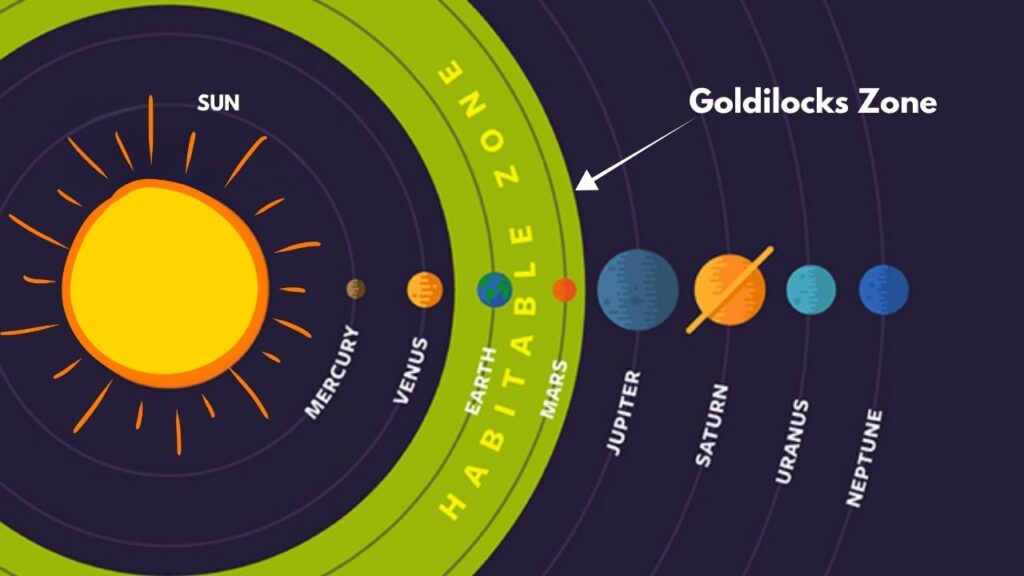
How Does Radiolysis Support Life?
- Cosmic rays penetrate ice/rock even several meters below the surface.
- They collide with water molecules, splitting them into hydrogen and oxygen components, releasing electrons.
- Certain bacteria on Earth can use these electrons as an energy source—without needing sunlight or organic nutrients.
- This process can sustain life in environments previously thought inhospitable.
The implications are profound. It means potential habitats for life exist not only where we can see liquid water but beneath the surface of cold planets and moons where water is trapped as ice or underground reservoirs.
Where Could Life Exist?
Based on computer simulations and energy synthesis studies led by Dimitra Atri’s team at NYU Abu Dhabi, researchers have identified several key places:
- Enceladus (Saturn’s moon): Long considered a top candidate for astrobiological studies due to its subsurface ocean and geysers, it now ranks highest for potential radiolytic life support.
- Mars: The red planet has underground ice and water vapor reservoirs. Cosmic ray-induced radiolysis could sustain microbial life in its subsurface.
- Europa (Jupiter’s moon): Has a thick icy crust with believed subsurface oceans; however, it ranks after Enceladus and Mars regarding radiolytic energy potential.
This ranking helps prioritize future exploration missions targeting where we should look for life underground rather than only on the surface.
Why This Discovery Matters: Changing the Search for Extraterrestrial Life
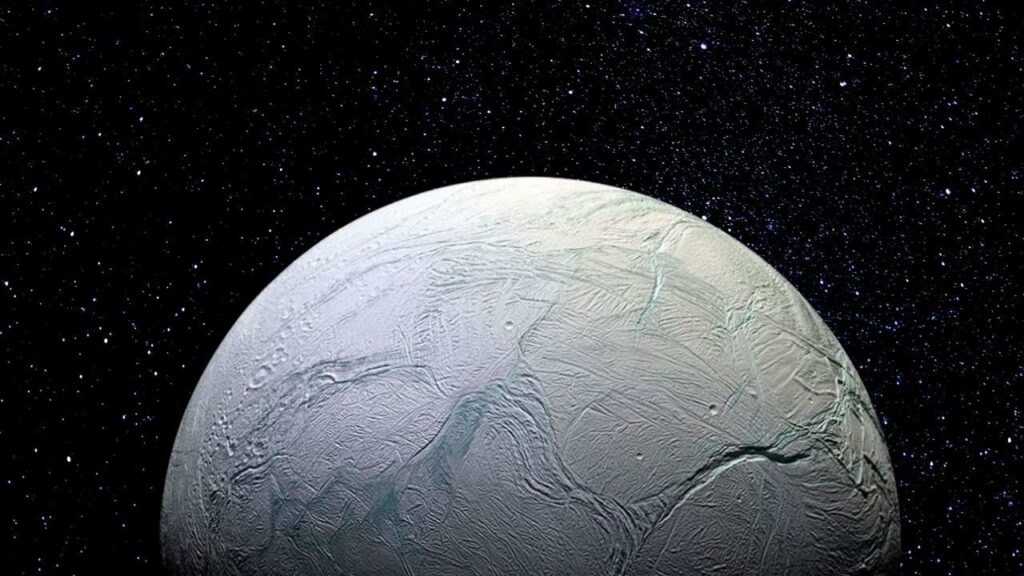
This research challenges previous notions that sunlight or geothermal heat are essential for supporting life on other planets and moons. With cosmic ray-powered radiolysis:
- Scientists can expand their search to dark, cold, and ice-covered places.
- Instruments can be designed to detect chemical energy from radiolysis products, broadening detection methods beyond surface signs.
- Life as we know it might be more widespread in the universe than expected, existing in environments where we hadn’t looked before.
In the words of Principal Investigator Dimitra Atri, “Instead of looking only for warm planets with sunlight, we can now consider places that are cold and dark, as long as they have some water beneath the surface and are exposed to cosmic rays. Life might be able to survive in more places than we ever imagined.” This opens up exciting new directions for space agencies like NASA and ESA for future missions to Mars, Europa, and Enceladus.
Practical Steps in Exploring Radiolytic Habitable Zones
For scientists and mission planners, here’s a simplified guide based on this discovery:
Step 1: Identify Ice-Covered Worlds with Underground Water
Focus on moons and planets with evidence or strong indications of subsurface water or ice.
Step 2: Detect Radiolysis Energy Signatures
Develop instruments sensitive to electrons and radiolysis byproducts to detect chemical free energy sources potentially usable by microbes.
Step 3: Use Simulations for Depth and Energy Estimation
Leverage computer models to estimate how deep cosmic rays penetrate and how much energy they release at varying depths.
Step 4: Drill or Probe Subsurface Environments
Design rovers, landers, or orbiters equipped with drilling capabilities or radar sensing to access and analyze underground water or ice.
Step 5: Analyze Samples for Microbial or Chemical Biosignatures
Search for microbial life markers or chemical evidence of energy production consistent with radiolysis-driven ecosystems.
Strange Hydrogen Peroxide Found on Europa — Could It Be a Clue to Alien Life?
Did Life Come From Outer Space? Scientists Say the Clues Are Adding Up
FAQs About Life Could Thrive Under Ice Thanks to Cosmic Rays
Q: What exactly are cosmic rays?
A: Cosmic rays are high-energy particles originating from the sun and distant cosmic events. They constantly hit planets and moons, penetrating ice and rock to cause chemical reactions.
Q: How do cosmic rays support life under ice?
A: By breaking water molecules underground through radiolysis, cosmic rays release electrons, which can serve as an energy source for certain microbes, even without sunlight.
Q: Where in our solar system could this type of life exist?
A: Saturn’s moon Enceladus, Mars, and Jupiter’s moon Europa are prime candidates due to their underground water or ice and exposure to cosmic rays.
Q: Does this mean life exists on these moons?
A: Not yet confirmed, but it opens promising new habitats to explore in the search for life beyond Earth.
Q: What is the Radiolytic Habitable Zone?
A: It’s a newly proposed habitable zone defined by subsurface water energized by cosmic rays, expanding beyond the traditional sunlight-dependent Goldilocks Zone.

